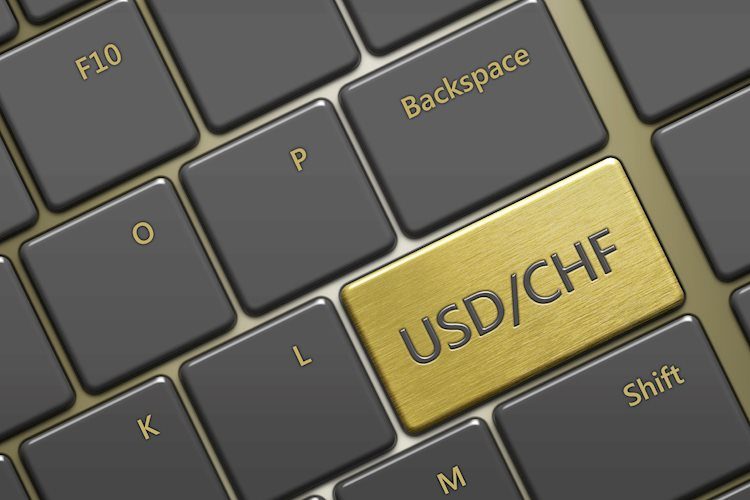The USD/CHF pair continues to trade below the key resistance level of 0.8500 as market participants anticipate a rate cut by the Federal Reserve in September. The Swiss Franc remains in a bearish trajectory while the US Dollar struggles to make a strong recovery despite positive US Durable Goods Orders data for July. The recent rise in Swiss Q2 Employment Level to 5.499 million has also influenced market speculation regarding potential interest rate cuts by the Swiss National Bank in September.
The S&P 500 started on a bullish note on Monday, while the US Dollar Index (DXY) has edged higher from its annual low of 100.53. However, the near-term outlook for the Greenback remains bearish as investors increasingly believe that the Fed will proceed with interest rate cuts next month. Fed Chair Jerome Powell’s speech at the Jackson Hole Symposium reinforced this sentiment, with Powell stating that it is time for policy adjustments due to increased downside risks to the US labor market.
Despite the encouraging US Durable Goods Orders data for July, the US Dollar failed to gain significant strength. The new orders for Durable Goods, which drive core inflation, rose by 9.9% compared to estimates of 4%. This positive economic data comes after a sharp contraction of 6.9% in June. On the Swiss Franc front, the increase in Q2 Employment Level is unlikely to change market expectations regarding potential interest rate cuts by the SNB in September.
The Swiss Franc is known as a safe-haven asset, often sought after by investors during times of market stress. Switzerland’s stable economy, strong export sector, substantial central bank reserves, and neutral political stance on global conflicts contribute to the perception of the Swiss Franc as a safe investment choice. The Swiss National Bank meets four times a year to decide on monetary policy, aiming to keep inflation below 2%. Economic data releases in Switzerland can impact the valuation of the Swiss Franc, with high economic growth and low unemployment generally supporting the currency.
Switzerland’s heavy dependence on the Eurozone economies means that stability in the Eurozone is crucial for the Swiss Franc. The correlation between the Euro and the Swiss Franc is strong, with models suggesting it is close to perfect. Any changes in economic growth, inflation, current account, or central bank reserves can trigger movements in the CHF. Ultimately, the performance of the Swiss Franc is closely tied to the broader economic and political landscape of Europe, making it a currency to watch for investors seeking stability in uncertain times.









